Our garments are designed to last. With the right care, you can extend the life of your favorite pieces, keeping them in perfect condition season after season. Here, we’ve gathered our best tips on how to wash, dry and store your shirts and blouses in different materials.
Country & Language
Free shipping
Shirts & blouses
Cotton Jersey Denim Linen Silk Viscose & lyocell
Cotton
Wash: Most cotton shirts can be washed at 40°C-60°C, but make sure to check the care label on the garment to see what’s recommended for your specific item. Turn the garment inside out and wash in a half-full machine. Wash with similar colors and materials to avoid lint sticking to the fabric or wash separately if it is a dark or printed fabric. Reduce or skip the spin cycle for gentler handling of the garment and to prevent wrinkles on the shirt. Some washing machines have a shirt program where the spin cycle is adapted specifically for shirts.
Dry: Button the shirt and let it dry on a hanger. It’s best to iron the shirt before it becomes completely dry. Shirts made of 100% cotton can be ironed on high heat, avoid ironing the buttons. Never starch a Stenströms shirt, not even with spray starch, as starch makes even the finest fabrics feel like paper. The exception is the chest of the white tie shirt that can need starching from time to time.
Store: Cotton shirts are best stored hanging on a well-fitting hanger in a dry environment, protected from sunlight. Keep in mind that even strong lamps can fade clothing over time.
Denim
Wash: Denim is a durable fabric that only gets more beautiful with time, but a denim shirt still needs a bit of extra care to stay in good condition. Always check the care label on the shirt to see what is recommended for your specific item. Most denim shirts should be washed inside out at a maximum of 40°C, set the washing machine to a low spin cycle to minimize tearing. Use a mild detergent without bleach. Since denim may color bleed, it’s best to avoid mixing it with other clothes, especially during the first wash.
Dry: Button the shirt after washing and let it dry hanging on a hanger, preferably away from sunlight. Avoid using a tumble dryer, as the high heat may cause the garment to shrink or lose its shape. It is best to iron the shirt before it’s completely dry. Denim shirts can be ironed at medium heat, avoid ironing the buttons.
Store: Unpack your folded new denim shirt from its packaging as soon as possible, as residual dye from the coloring process can settle into the creases and create stripes. Denim shirts are best stored hanging on a well-fitting hanger in a dry environment, protected from sunlight. Keep in mind that even strong lamps can fade clothing over time.
Jersey
Wash: Your jersey shirt can be washed at 30°C, but make sure to check the care label on the shirt to see what is recommended for your specific item.
Stick to washing with similar colors or wash separately if it's a dark or printed fabric.
Dry: Button the shirt and let it dry on a hanger. Avoid tumble drying jersey shirts. The stretch materials we use in our jersey shirts are close to wrinkle-free, making these garments easy to care for. If you still feel the need to iron your jersey shirt, do so at a low temperature and place a piece of fabric between the garment and the iron.
Store: Jersey shirts are best stored hanging on a well-fitting hanger in a dry environment, protected from sunlight. Keep in mind that even strong lamps can fade clothing over time.
Linen
Wash: Our linen shirts can mostly be washed at 40°C, but make sure to check the care label on the garment to see what is recommended for your specific item. Turn the garment inside out and wash in a half-full machine. Wash with similar materials and colors, or separately if it is a dark shirt to avoid color transfer.
Reduce or skip the spin cycle for gentler handling of the garment and to prevent wrinkles on the shirt. Some washing machines have a shirt program where the spin cycle is specifically adapted for shirts. Use a mild detergent and avoid bleach to protect the linen.
Dry: Button the shirt after washing and let it dry on a hanger. Avoid using a tumble dryer, as the high heat can damage the linen fibers. It is best to iron the shirt before it is completely dry.
Shirts made of 100% linen should be ironed at medium heat, but do not iron the buttons.
Store: Linen shirts are best stored hanging on a well-fitting hanger in a dry environment, protected from sunlight. Keep in mind that even strong lamps can fade clothing over time.
Silk
Wash: Silk is a natural material that likes to "breathe" so air the garment often and only wash it when necessary. This is best done by handwashing in lukewarm water. If using a washing machine, choose a delicate program suitable for silk or wool at a maximum of 30°C. Use a liquid detergent without enzymes, and place the garment in a laundry bag for extra protection.
Also, avoid fabric softeners to preserve the garment’s natural texture and feel. Silk should not be soaked, and avoid rubbing or twisting the garment, as silk is a delicate material, especially when wet.
Dry: Silk garments should never be tumble-dried. Instead, lay the garment flat to dry on a clean towel, or hang on a hanger. Make sure to use a well-fitting hanger and not a wire hanger, which can damage the delicate fabric. If the garment is hung to dry outdoors, keep it away from the sun, as silk fibers are highly sensitive to sunlight. Use a steamer to remove wrinkles and creases – it is a gentler alternative to ironing the garment. Adjust the steamer’s temperature suitable for silk and keep an appropriate distance between the garment and the steamer, following the instructions.
Store: Hang your silk garment in a well-ventilated and dry environment, protecting it from direct sunlight and strong lamps, which can fade the material over time.
Viscose & lyocell
Wash: Wash your viscose or lyocell garment in cold or lukewarm water, with a maximum temperature of 30°C. Use a mild detergent without bleach that is gentle to the material. Avoid fabric softeners to preserve the garment's natural texture and feel. Wash the garment with similar clothing and colors, or separately if it is a dark fabric to prevent color transfer. To protect the garment further, consider washing it in a laundry bag.
Dry: Viscose and lyocell garments should not be tumble-dried, as this can cause the material to lose its shape or shrinkage. Instead, gently squeeze out the water from the garment and let it dry flat, or hanging on a well-fitting hanger. Viscose and lyocell are very delicate materials when wet, so avoid stretching the garment after washing to prevent damage to the fabric. The garment may shrink slightly after washing, but you can easily restore its shape by steaming or carefully ironing it. Check the care label to see if the garment can be ironed, otherwise a steamer is perfect for removing wrinkles without damaging the fabric.
Store: Hang your viscose or lyocell garment in a well-ventilated, dry environment, protecting it from direct sunlight and strong lamps, which can fade the material over time.



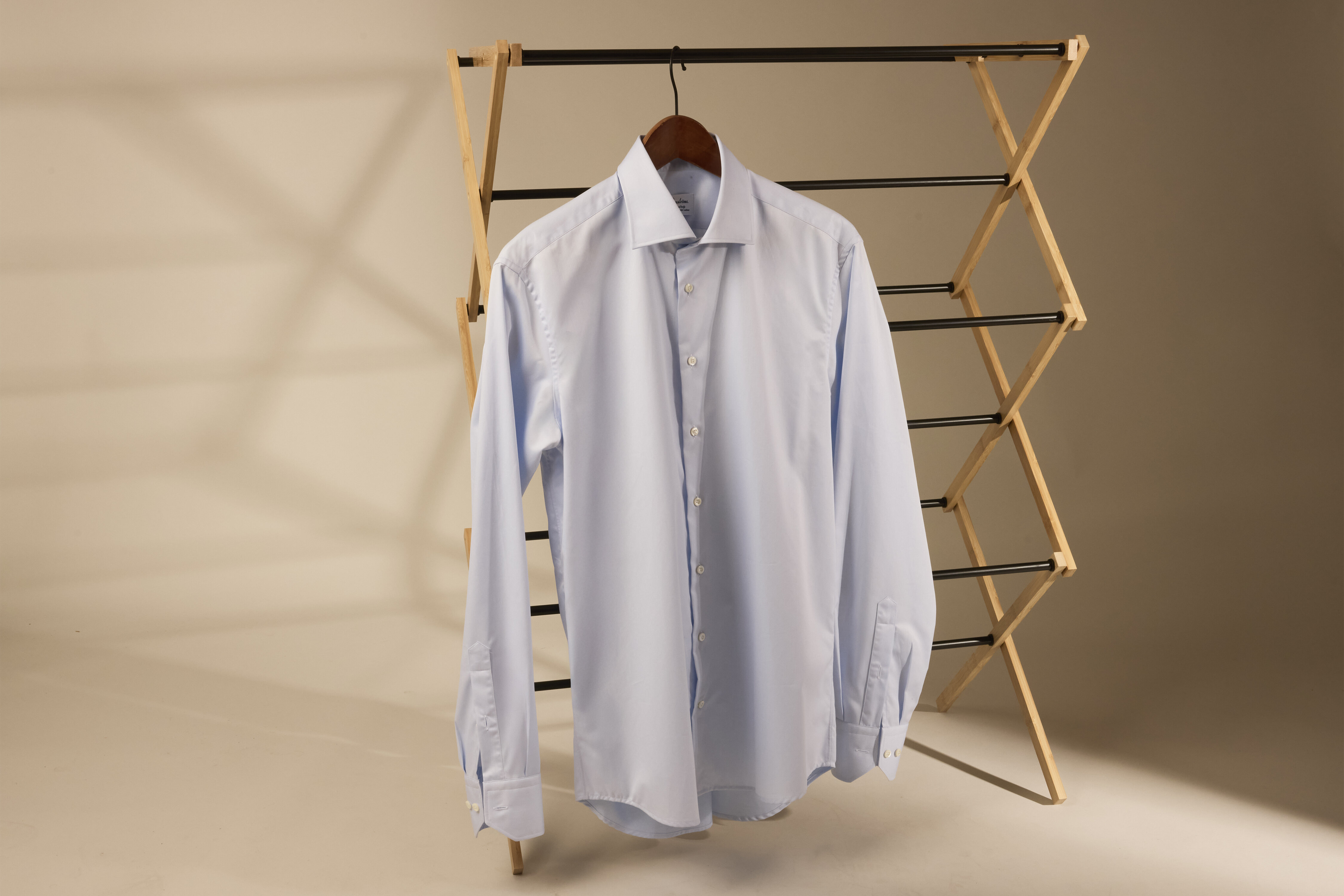

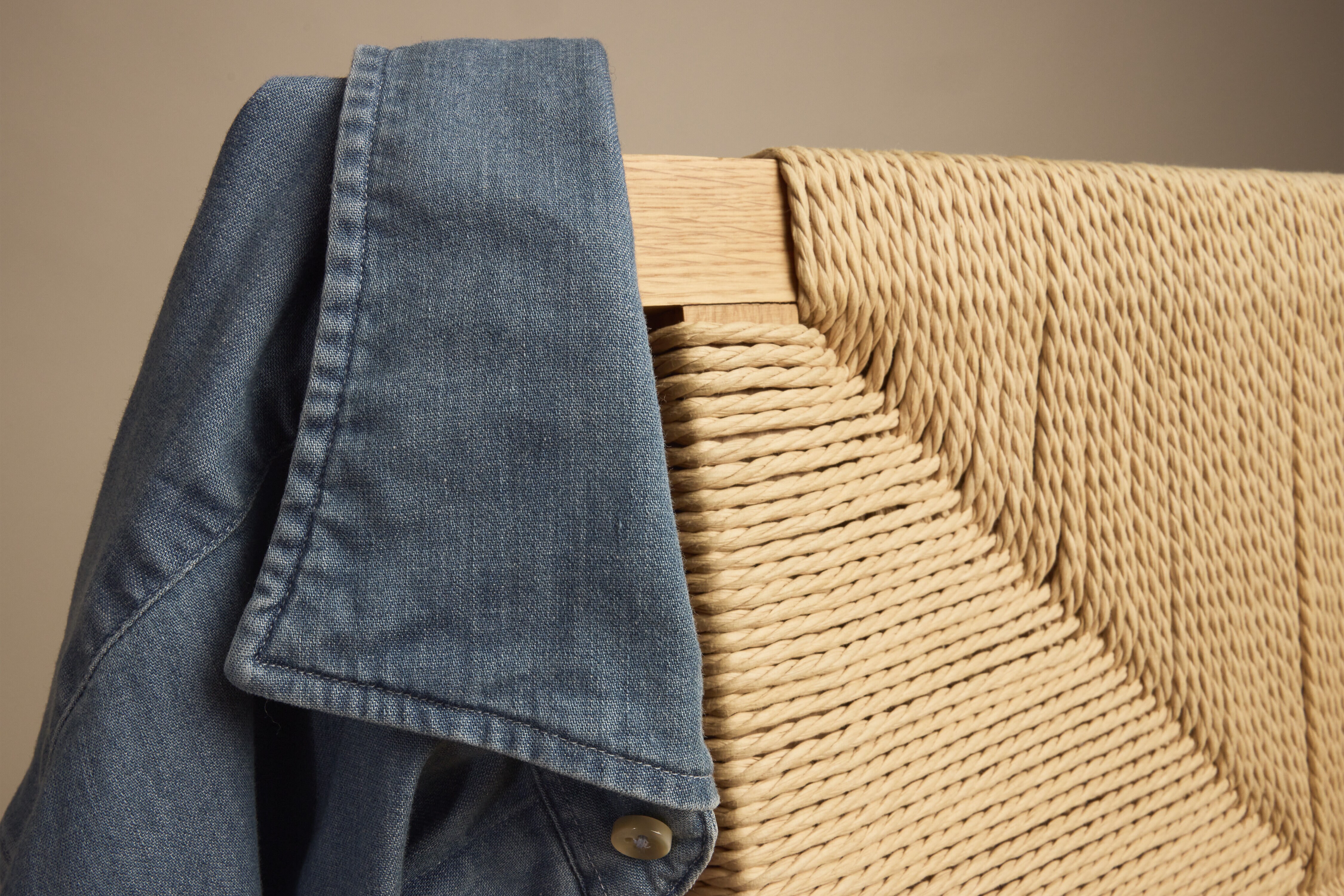

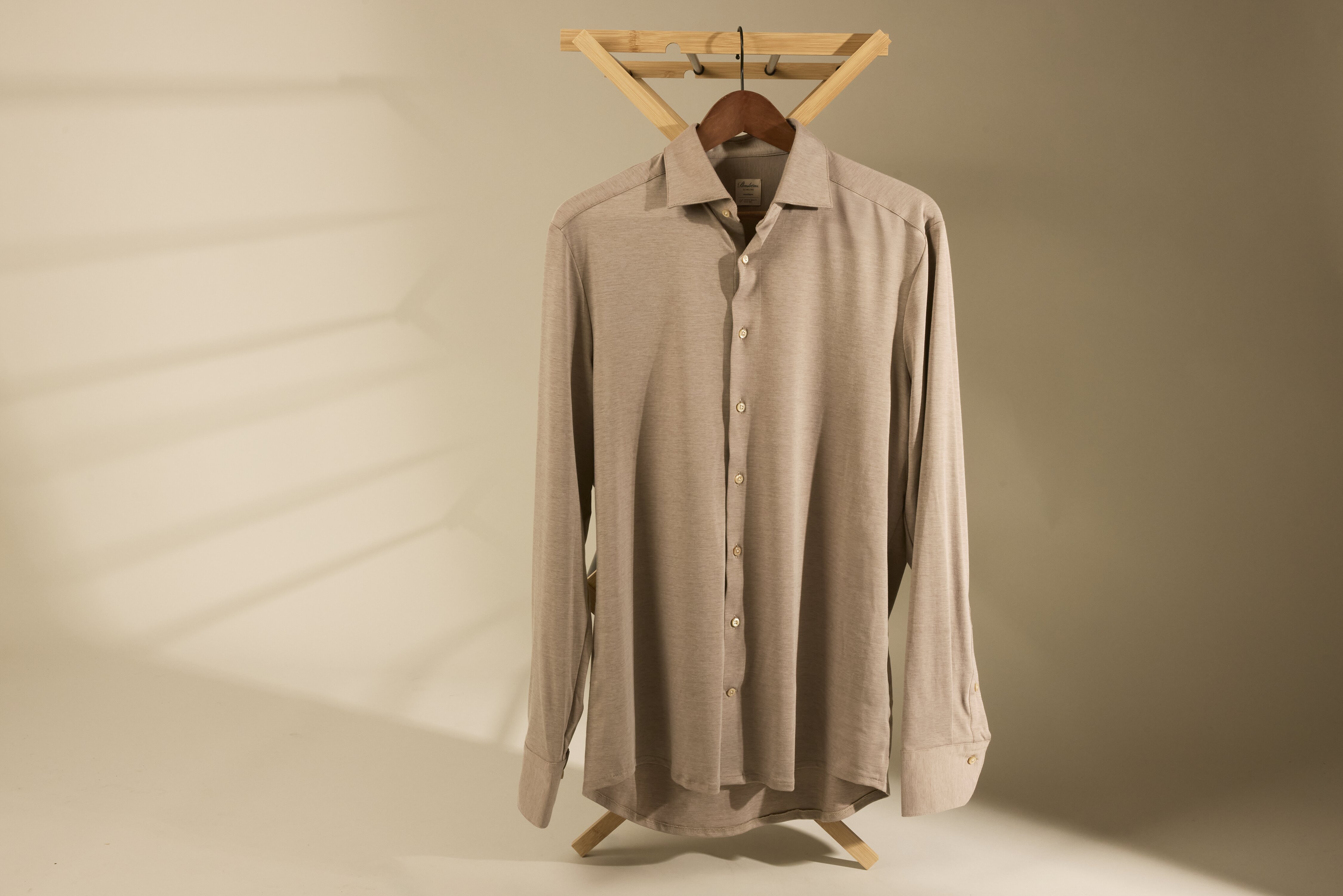

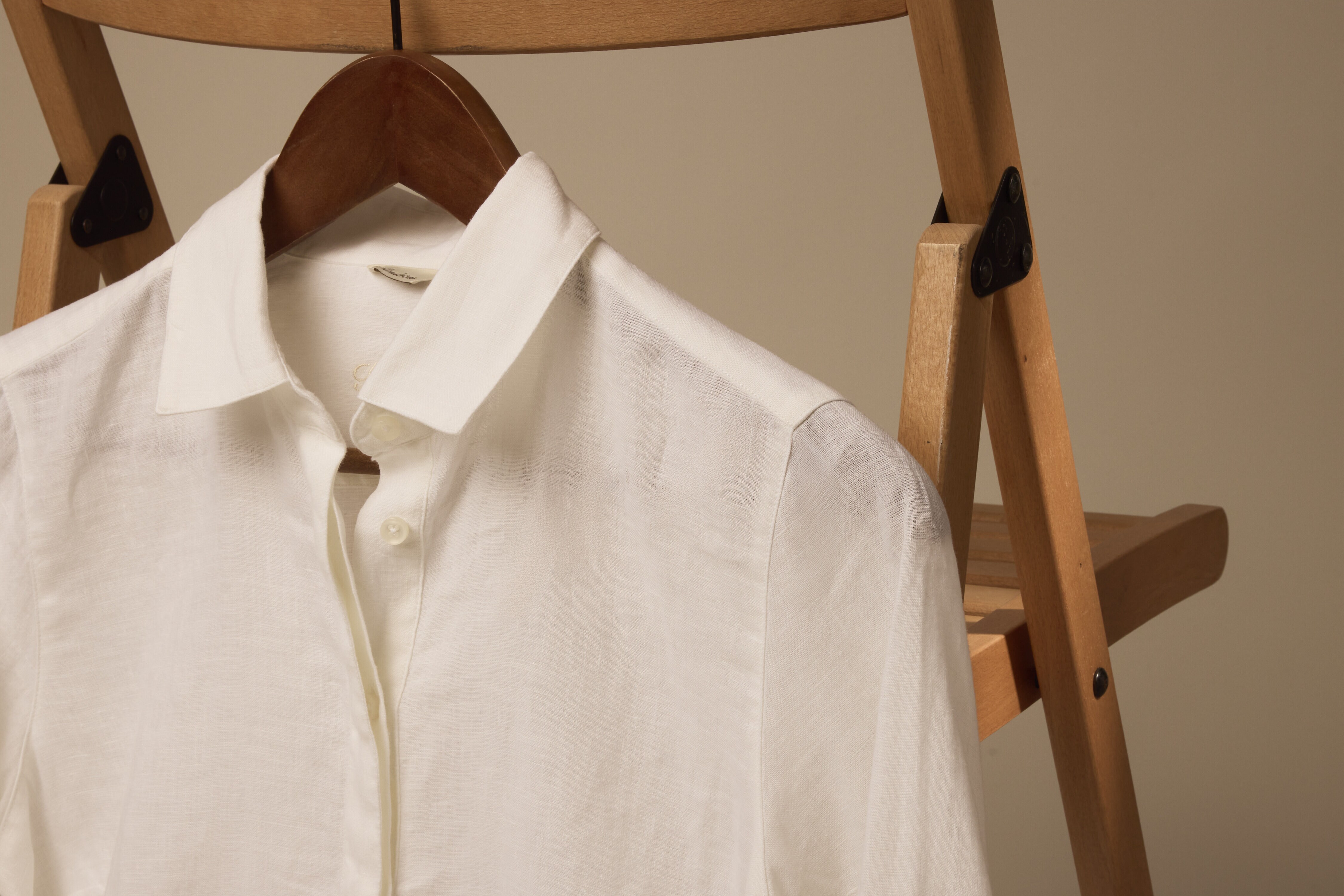

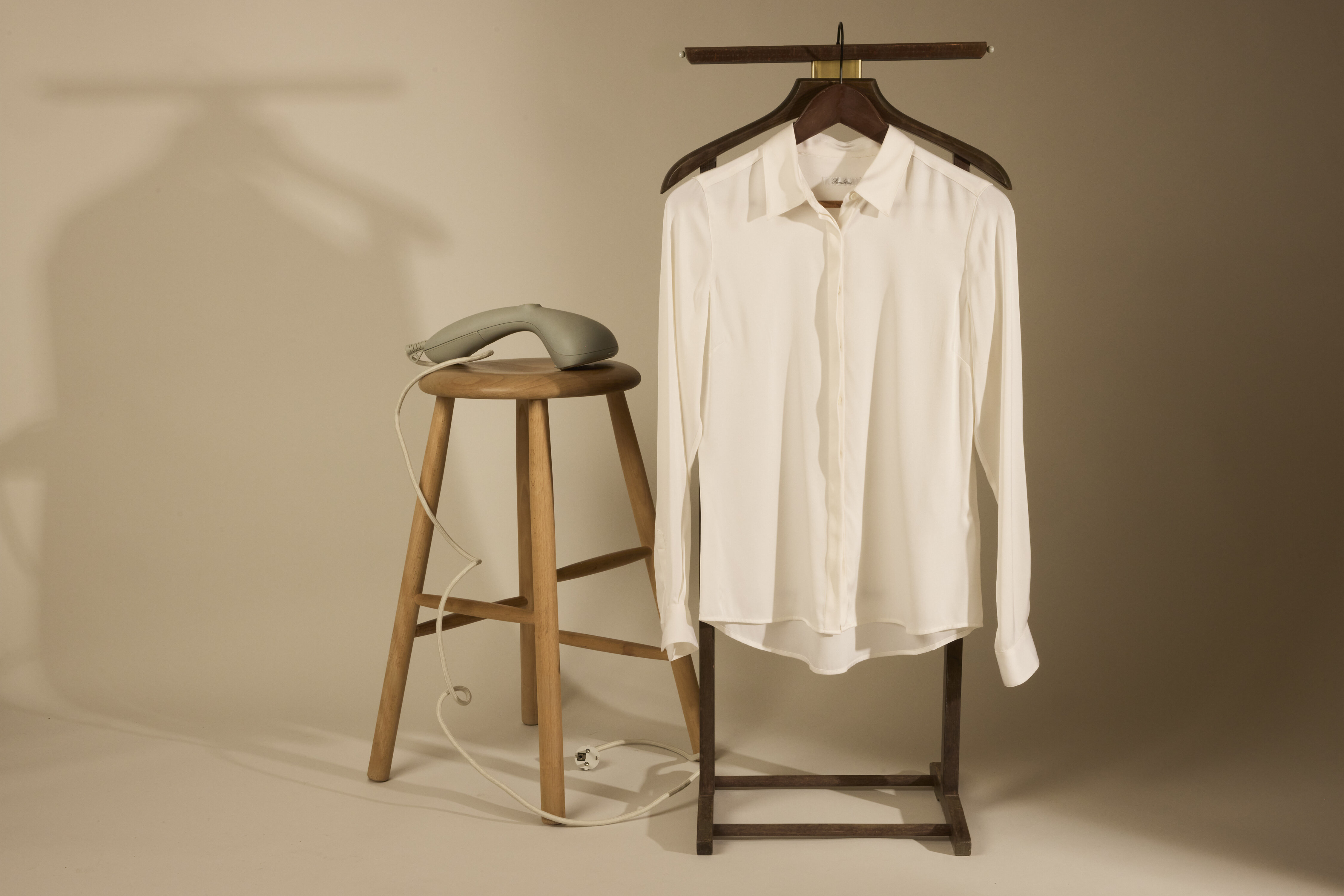
-3-2-.jpg?extend=copy&width=320&method=fit&height=213&sigma=2.5&minampl=0.5&quality=30&type=auto)
-3-2-.jpg)





